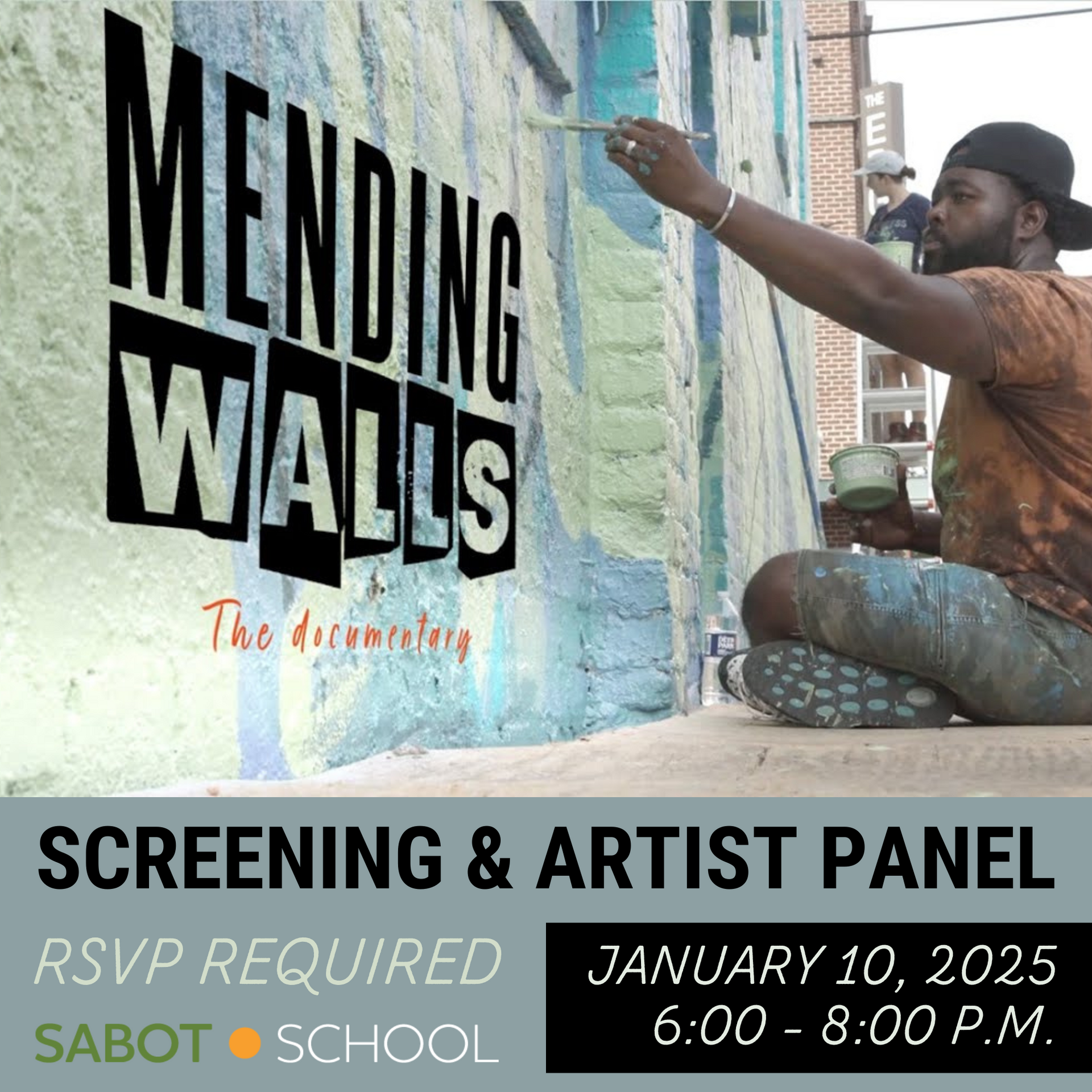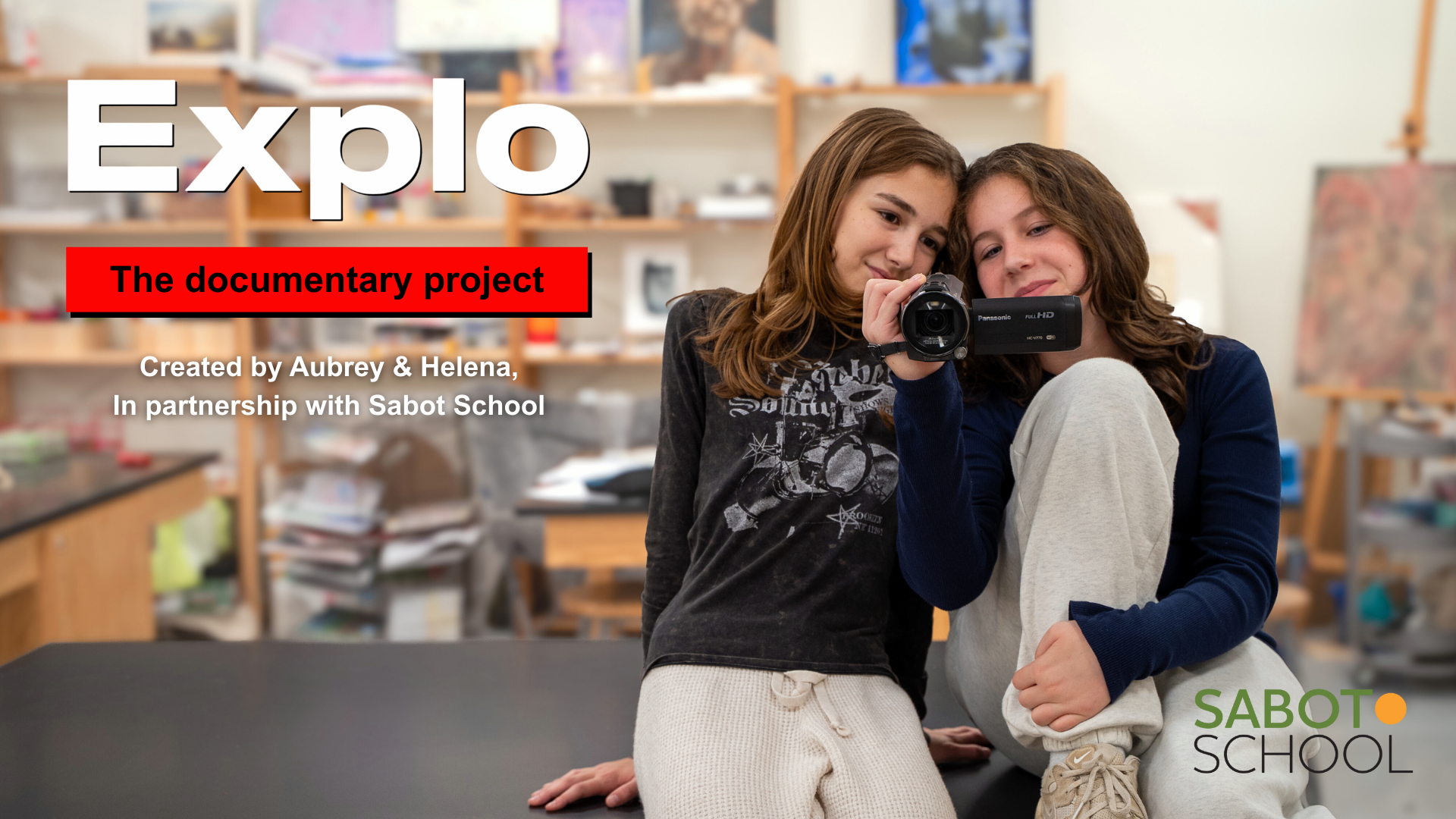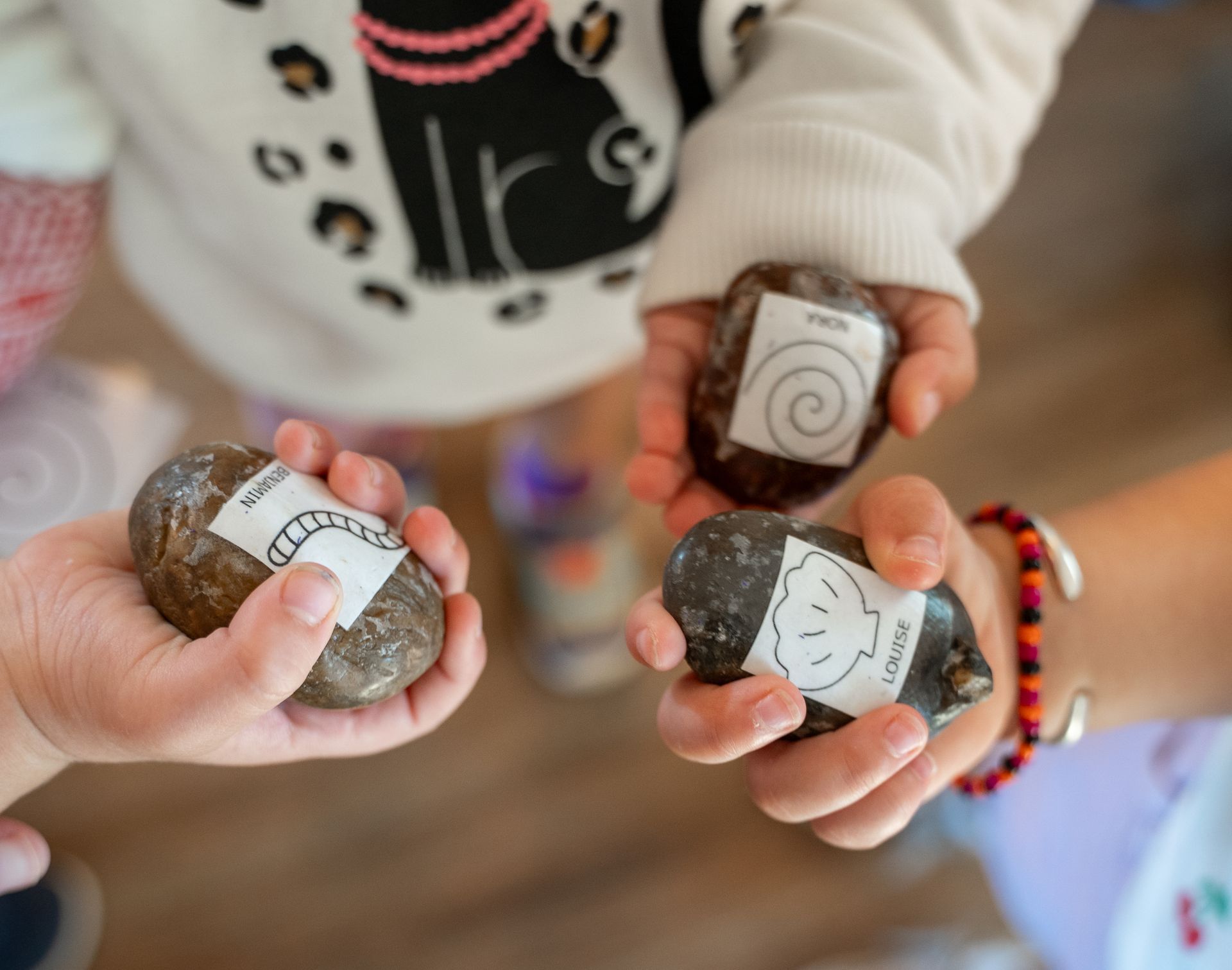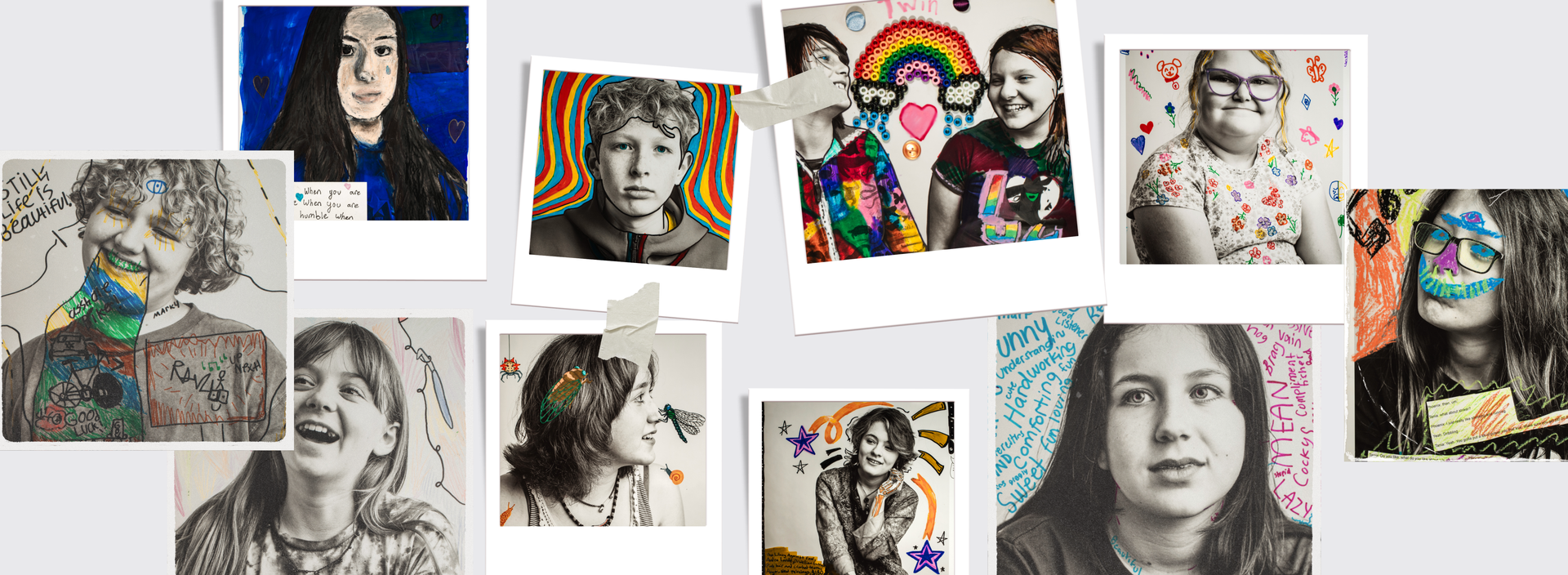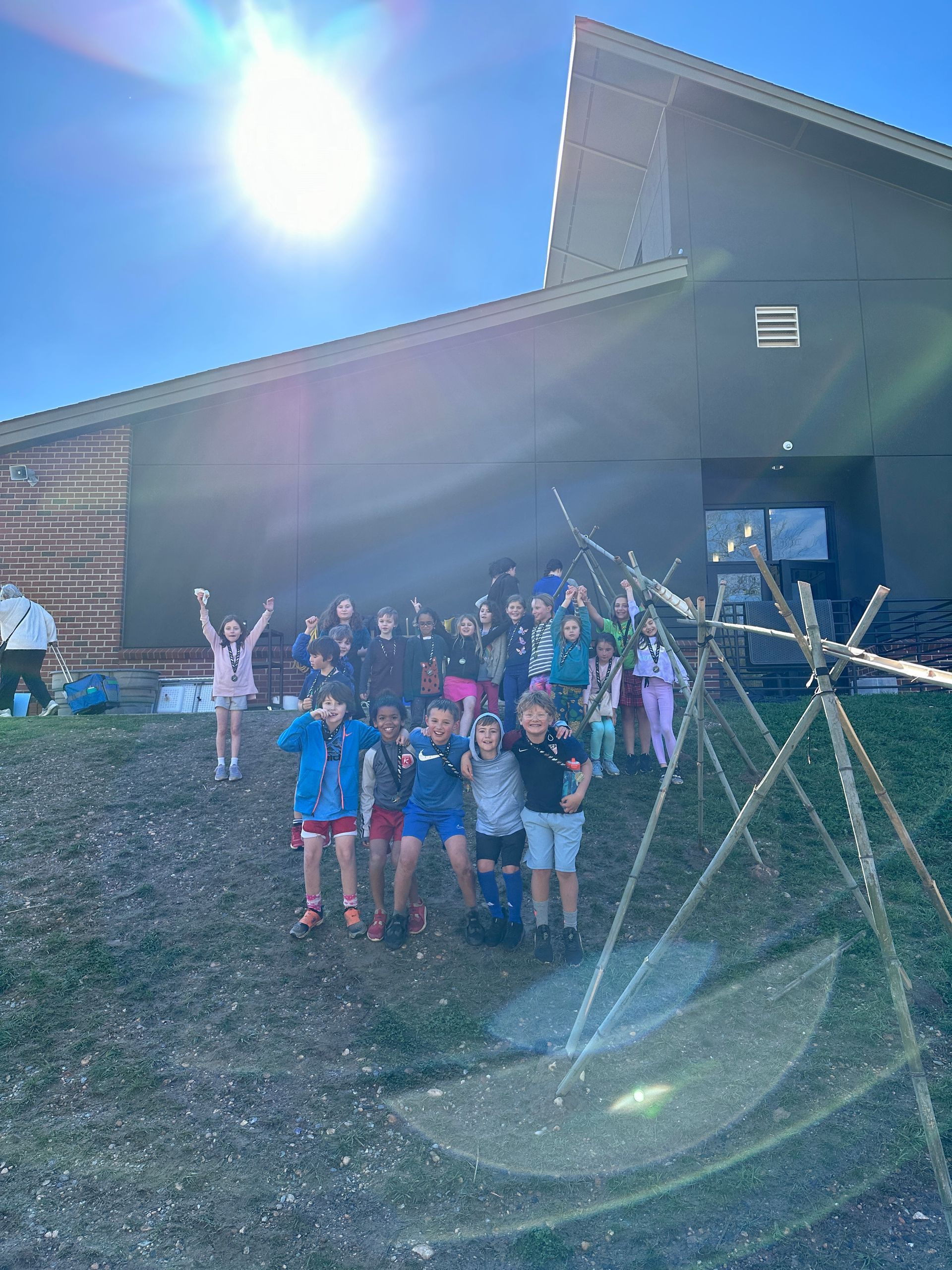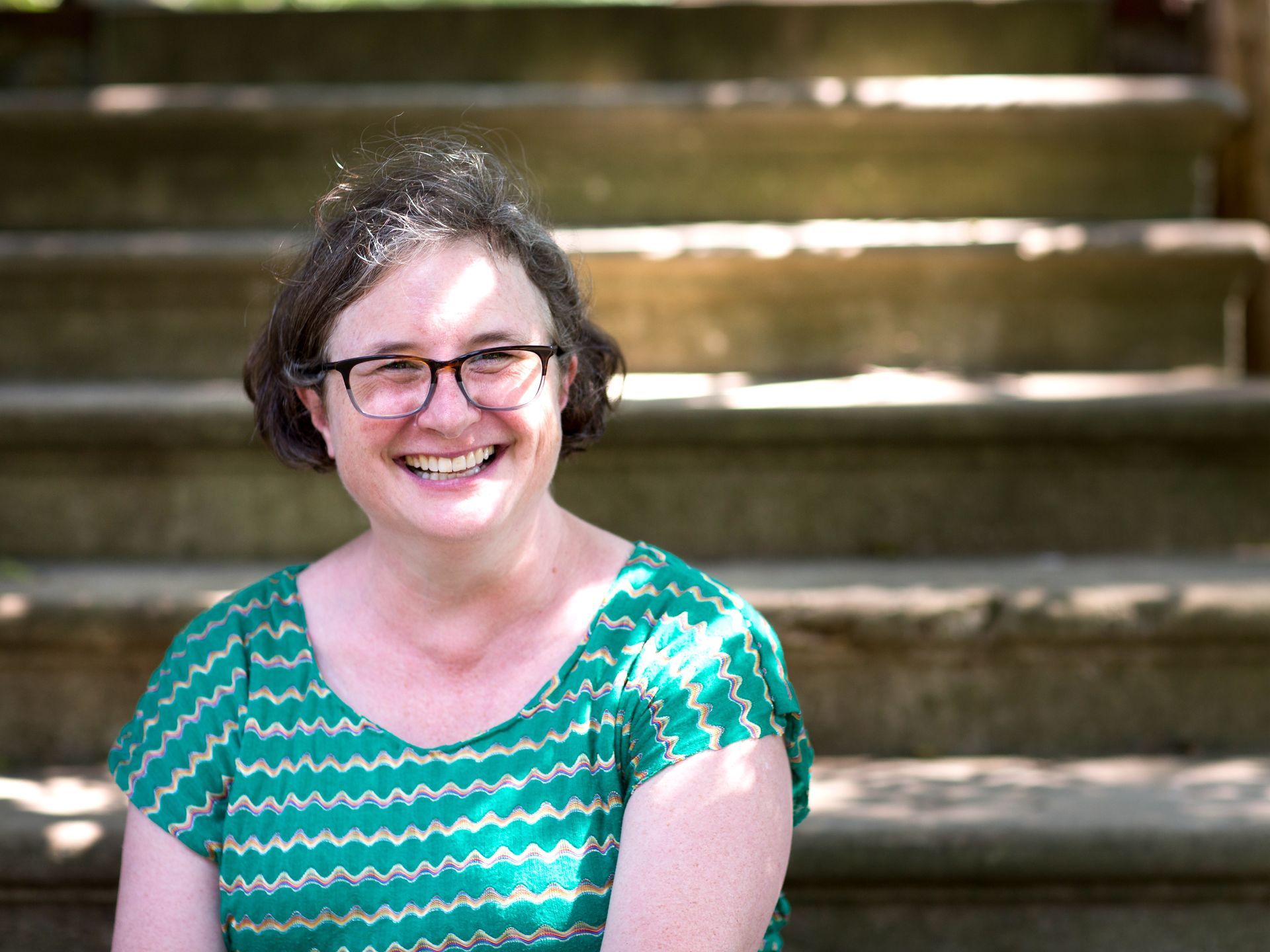Observational Drawing and the Image of the Child
Mission Moment: April 2023
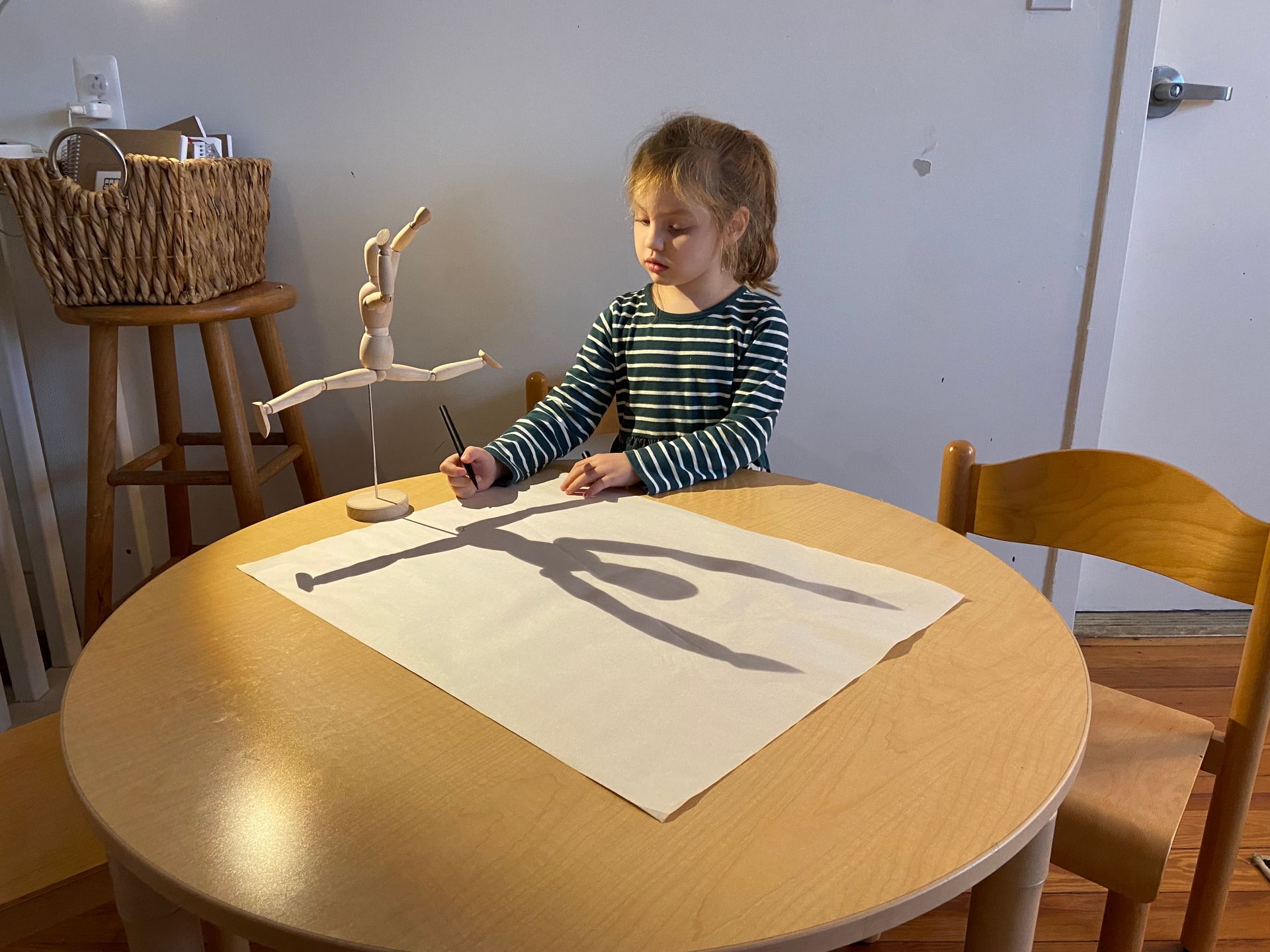
Paying Attention, Cultivating Empathy , and Discovering the ‘Larger Patterns’
We say we’re “different for a reason.” But, what is the reason? Different how? Different why?
The essential way in which we differ from most other schools is that everything we do is guided by our Image of the Child.
We are
not primarily guided by – though we
are attentive to– an image of an outcome, an image of a future, an image of an institution, an image of a global community. Certainly we are
not guided by an image of the child as one inferior to the image of an adult. We’re different because we believe children are capable, collaborative and creative and
that they are as responsible for the progress and improvements of our civilization as the adults who care for and companion them. Moreover, we believe that they are capable of discovering their proper and fulfilling roles in the larger story of humankind.
_________________________
For children to live only in contact with concrete and steel and wires and wheels and machines and computers and plastics, to seldom experience any primordial reality or even to see the stars at night, is soul deprivation that diminishes the deepest of their human experiences.” (Thomas Berry, “The University,” in The Great Work, 82).
Seeing the stars at night is of course a metaphor for an ability to marvel at all. “Seeing the stars” does not only mean understanding their origin and makeup. Facts matter. Science matters. If you are going to send a human to the moon on a rocketship, you better get your facts right. But those facts do little in telling us why we are interested in seeing the ends of the earth in the first place.
To see the stars and experience the awe of wonder does not tell the whole story of the universe. And yet, to see the stars puts us in intimate touch with something essential. One way to encourage a capacity to marvel at enormity is to pay close attention to the small. Awe of the seedhead in winter begets awe of the bloom to come.
The reason we prioritize certain pedagogical practices— specifically, observational drawing—that may seem impractical or inefficient to some is because those are often the very things that strengthen and clarify our Image of the Child and our belief in their capacities. Where traditional models might prioritize (understandably) efficiency, evaluation, templates, and tasks, they almost always undermine the image of the child we seek to uphold by reducing or diminishing complexity, nuance, difference, and individual gift.
The image of the child is always complex (because the human is always more complicated than the system of which she is part) but the image should also always be clear.
from Anna Golden:
“Here at Sabot, we believe that drawing to learn enhances understanding, and in order to be able to make thinking and learning visible, children need to feel comfortable drawing and have the ability to draw from observation… Children don't usually need much teaching. [Instead,] I try to show that
noticing and
observation is the most important thing in drawing, and I teach about making 'studies', or a series of drawings to try to capture something. The use of studies really helps children with perfectionist tendencies stop throwing away draft after draft, and begin to learn that every drawing, no matter how flawed, is still valuable.
Most important, after learning to notice, is to give people time to mess about and practice drawing….I really believe that direct instruction in art technique leads to stilted, superficial work, unless the student applies and practices the technique enough to make it their own.
…Sometimes it seems hard for people to imagine the fine line between scaffolding and instructing in a school like ours. I do want to loan skills to the students, but I have utter faith that just telling them something (or just demonstrating it) doesn't make much difference in the construction of new understandings.”
When Piaget and Inhelder developed their theory about a child’s ability to comprehend multiple perspectives (the Three Mountains Task, 1956), it inspired a new body of research and collective understanding that even very young children–though they may not be able to represent or draw this accurately– do know that others see a different view of a given figure (or landscape, etc.) than they do, depending on where a person sits in relation to the object of study.
The crucial revelation is of course that this concept of perspective-taking is at the heart of empathy, or “theory of mind,” that essential consideration of another’s point of view. Multiple perspectives can all be “true.”
Anna Golden, again: “One of the ways teachers at Sabot support growing the development of perspective taking is through observational drawing. When children spend time drawing an object and then seen that same object drawn by someone else at the table, that is perspective taking appearing right before their eyes.”
An experience of observational drawing includes many benefits and Habits of Mind:
- Striving for accuracy
- Thinking and communicating with clarity and precision
- Persisting
- Creating, imagining and innovating
- Questioning and problem posing
- Responding with wonderment and awe
Observational drawing is infused with science, literacy, and math concepts (the relationship of one thing to another; distance and direction; texture; proportion.)
It involves an understanding of multiple perspectives and a knowledge that though things are unseen first-hand, they do exist, an essential step toward empathy.
It requires sustained attention, fine motor control, self-discipline, and appreciation for detail.
SHARE THIS POST
